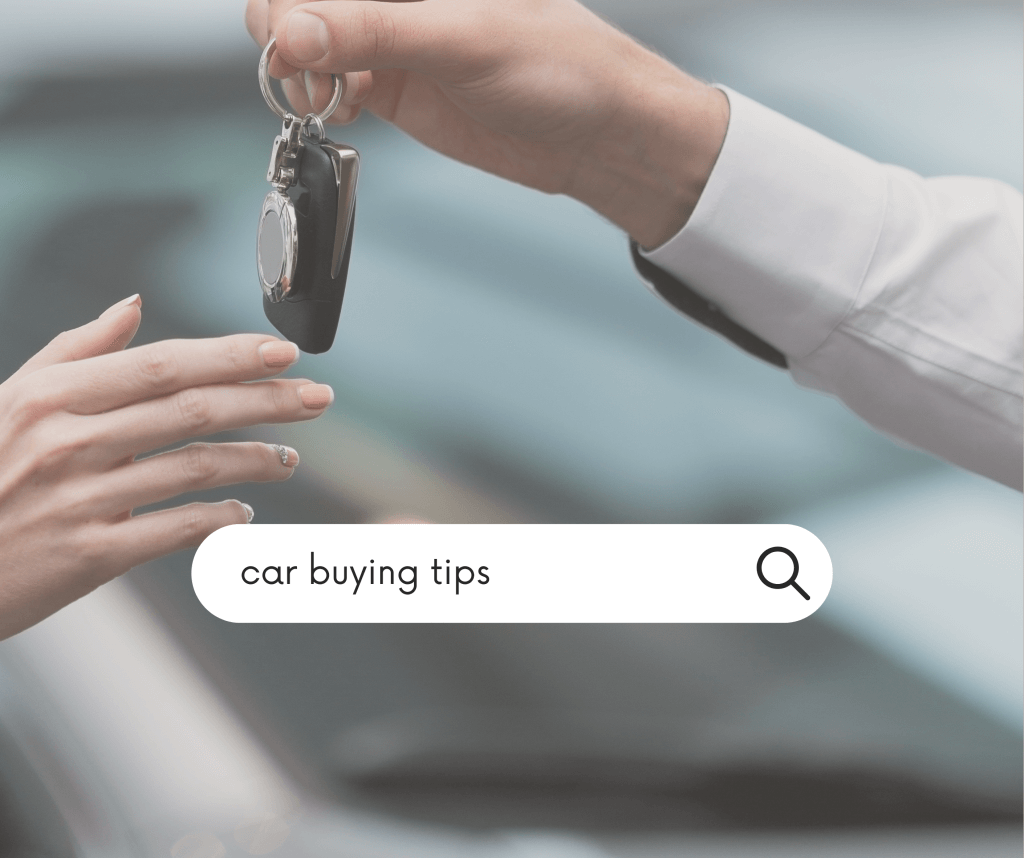Buying a car is exciting but it also brings other financial obligations with it. So before getting behind the wheel, think about other associated costs. Where to start?
Find a car that matches both your budget and driving habits. You may be able to find a used car in pristine condition, less costly than you would a new one. If you’re getting used car, however, make sure that all the paperwork is in order.

- Have an independent mechanic for close inspection
- Research all options and visit manufacturers’ & dealers’ websites and socials for detailed info, reviews, and comments from other buyers
- Discuss what you’re after with the sales teams at the dealerships you visit
It’s not just the car’s price tag that you need to consider, but also:
- Registration/license fee
- Repairs & maintenance
- Parking fees (if any)
- Fuel
If you’re not paying for your car outright, you’ll need to opt for financial help. So, what are your options?
- Bank loan
Chat with a bank rep to see how much you can borrow. You will then learn the exact amount you’ll be able to spend & how much your monthly repayments will be. A sizeable down payment will reduce your monthly repayments.
- Dealer financing
Many dealers offer vehicle financing options themselves. However, keep in mind that this may cost more than a bank loan. Make sure you go through and understand all the repayment terms and conditions before signing it off.
- Leasing
When you lease, you’re making use of the car for an agreed period without owning it. There usually are penalty fees should you break the lease. Once the lease period is over, you can then return the car to the dealer or buy it at an agreed price.
Under Maltese legislation it is compulsory to insure your vehicle with an authorized insurer. Depending on the policy, motor insurance may cover loss or damage to third parties, your car and your liabilities for injury or death of third parties resulting from the use of your vehicle. Again, coverage varies according to the policies – so make sure you research different options and read them well before making a decision.
Owning a car is quite an expense. How can you keep the costs low?
- Think long term
A (small) new car may be more efficient than a fancy second-hand one. The new cars comes with a guarantee and no history. Often enough, you only know whether you have made a bargain by buying a second hand car until you own it.
- Think small
Smaller engines tend to be more economical, and therefore saving you money on fuel costs.
- Drive less
Simply because you have a car doesn’t mean you need to drive it wherever you go. This will save you money as well as wear and tear on your vehicle. Want another upside? Walking is good for your health. If it’s a 10-minute drive, try walking instead.
- Combine trips
Plan your trips so that you can get all your errands done in one trip instead of making several, separate ones. Saves you time and money.
- Drive carefully
Be mindful on others on the road. It will keep you and other safe. Plus, it saves you time, maintenance/repair costs and a headache.
- Watch your spending
We get that when buying a new car, you may want to add extras, change the alloys, or sound system. Keep tabs on how much you’re spending on your car.
You may think it’s not worth the cost but getting a professional inspection on a second-hand car may uncover any problems that will turn out to be more expensive later on.
Quick checklist:
- Check the odometer reading
- The number of kilometers travelled
- Make sure the odometer has not been tampered with
- Check that the numbers and kilometers match the service history in the car’s logbook.
Tip: When buying a second-hand car, take someone who knows what to look for with you.
Take out the car for a trial run before buying it. Having a professional car technician to test drive it for you is a plus. But if you’re test-driving yourself, check the following:
| Steering | Excessive ‘free travel’ or wandering on straight roads can indicate worn suspension or misaligned steering. |
| Brakes | The car should stop smoothly and in a straight line. The pedal should not sink to the floor or feel spongy, and the steering wheel should not vibrate. |
| Exhaust | Blue smoke indicates oil is burning. |
| Engine | Should run smoothly (accelerating, decelerating, and cruising) and the water temperature gauge should stay in the safe range. Rattling or knocking could mean incorrect tuning or excessive wear. |
| Gearbox | Gear changes (manual and automatic) should be smooth, without any rattles or knocking noises. On front-wheel drive vehicles, these noises could indicate worn constant-velocity joints. |
| Suspension and bodywork | Listen for rattles when you drive over bumps. It is also wise to have the car inspected by a reputable mechanic. |


